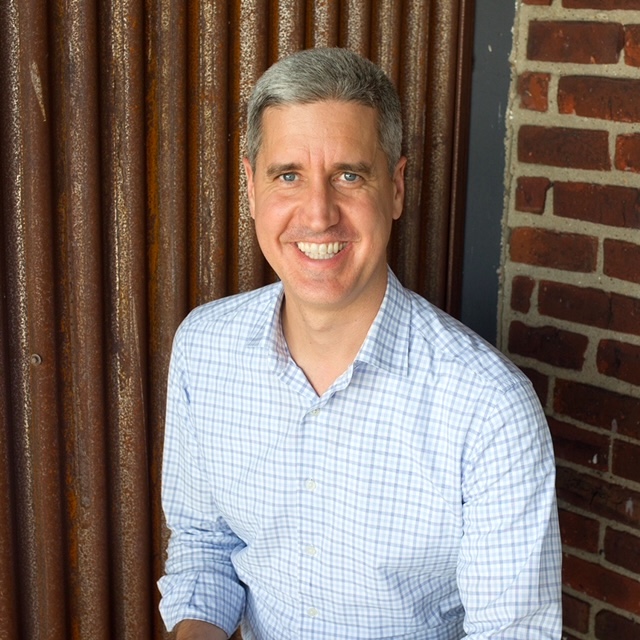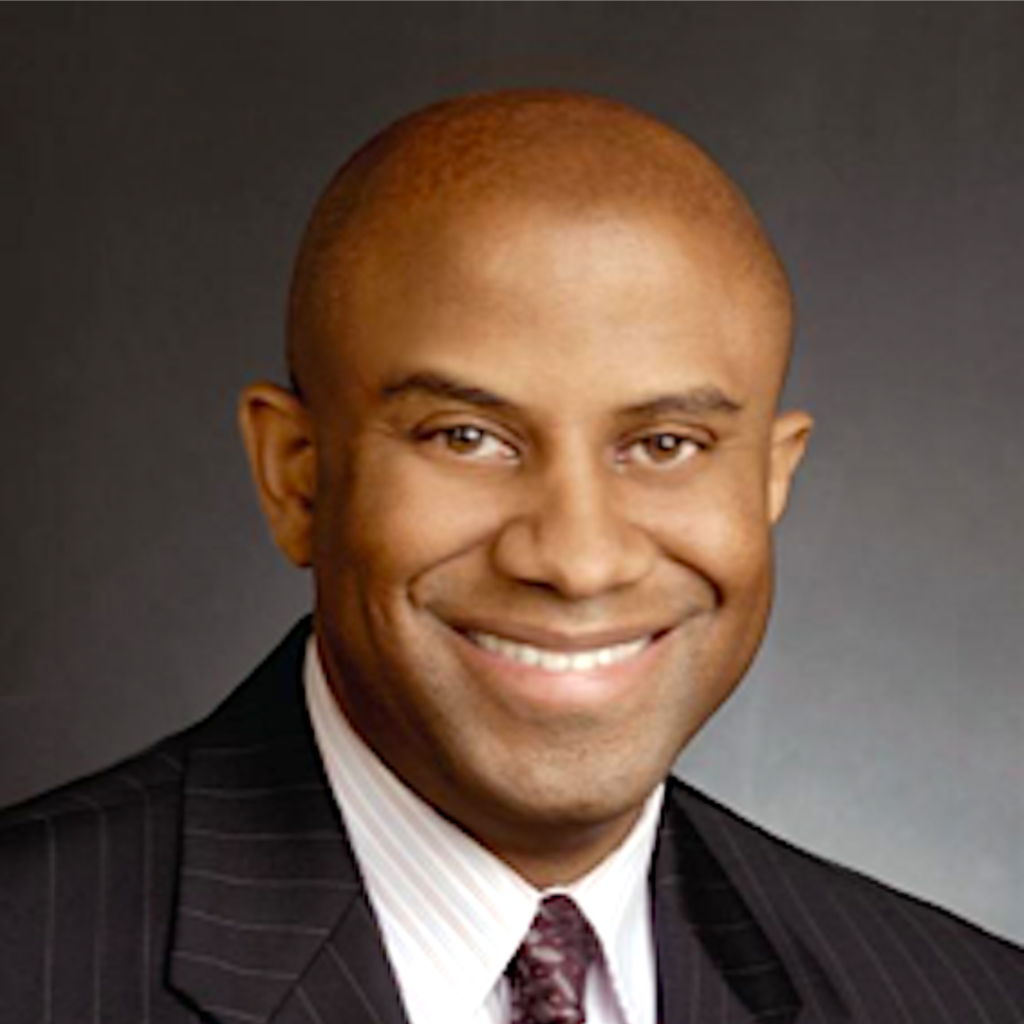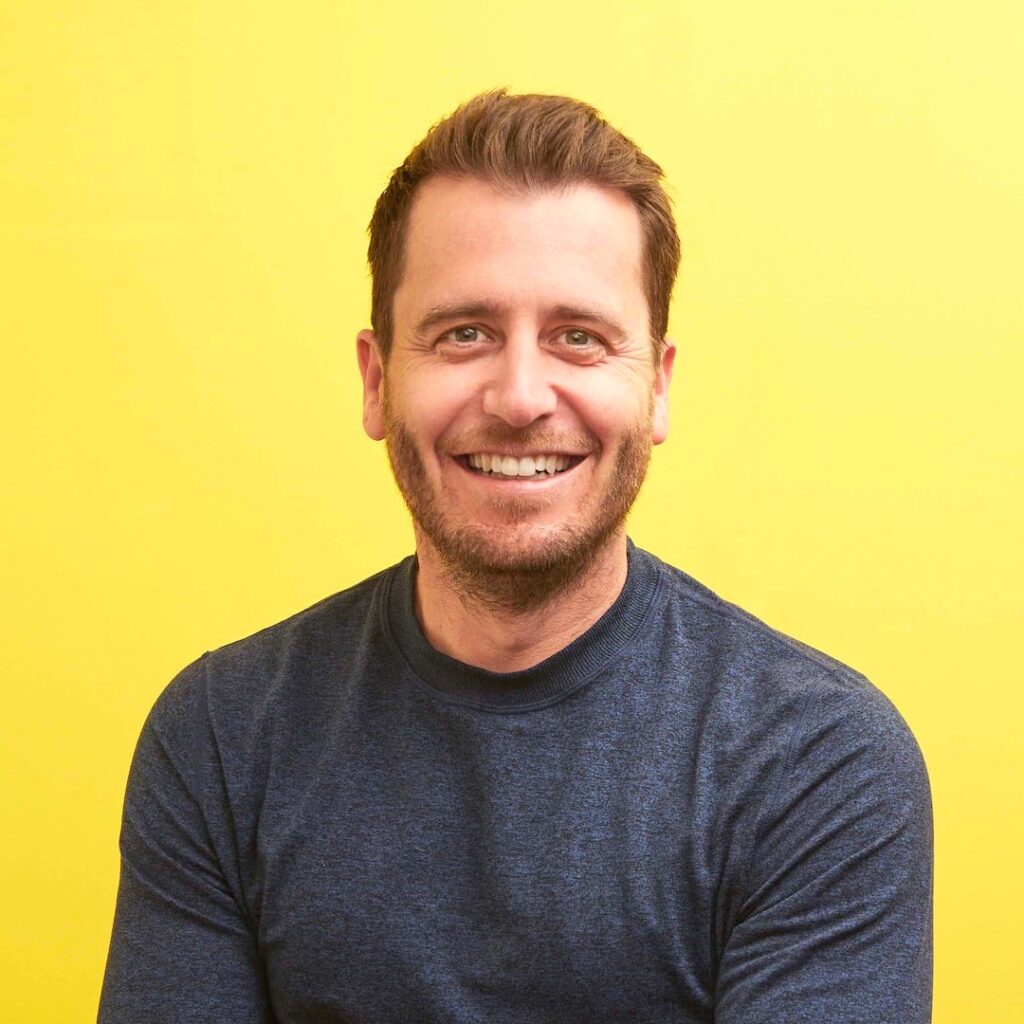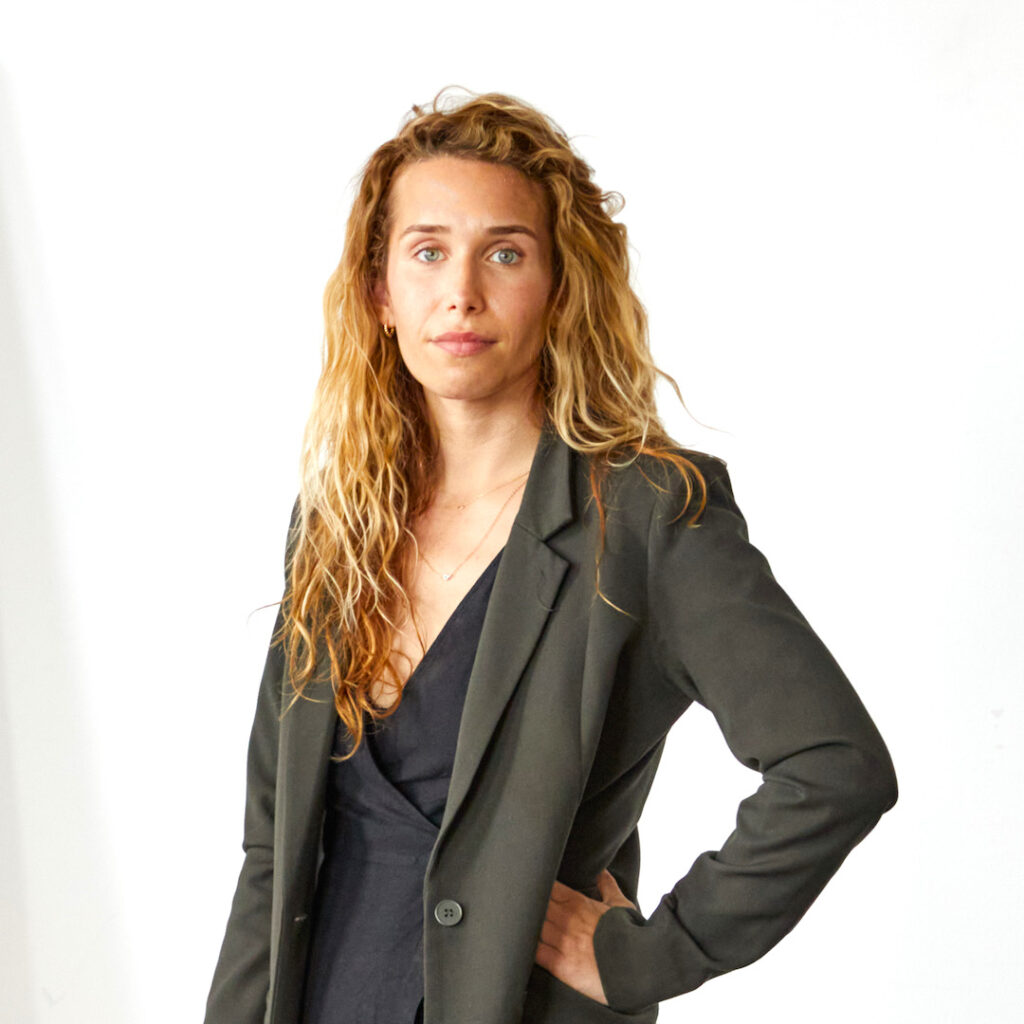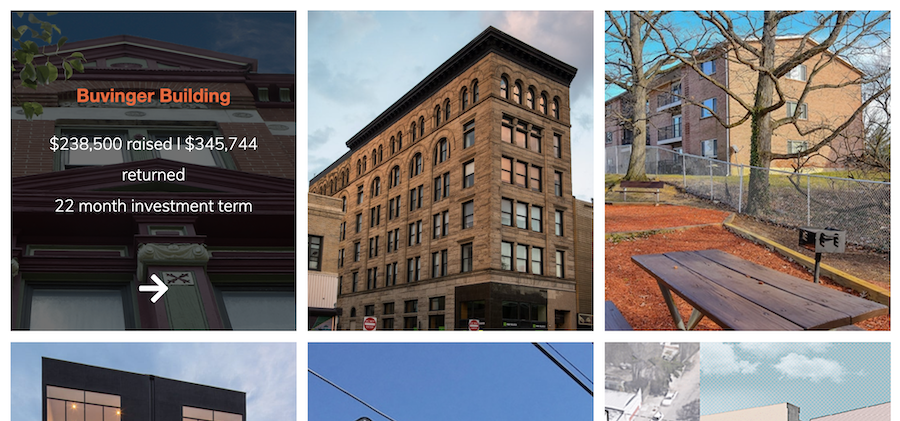
Sometimes you have to look back to see how far you have come.
We did just that last week.
With the help of our Small Change tech team, we created a brand new landing page on our real estate crowdfunding platform called Tracking Returns. You’ll find past projects posted there, organized by performance. We plan to update these quarterly.
In a nutshell, 9 of the projects listed have gone full cycle, meaning that all initial equity invested –along with any profit – has been distributed to investors. 4 of the projects have started to make quarterly or annual disbursements, and a bunch more are poised to start soon.
Most notably, 56% of past projects listed are led by women and/or minority teams. Now that’s making change!

